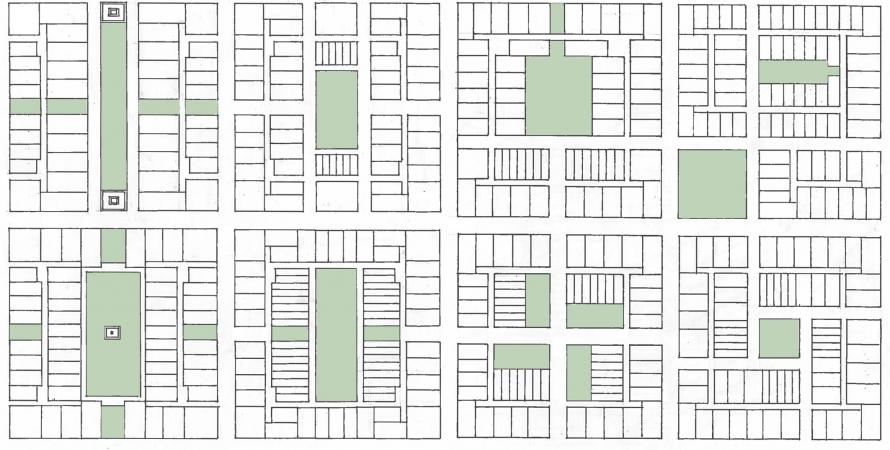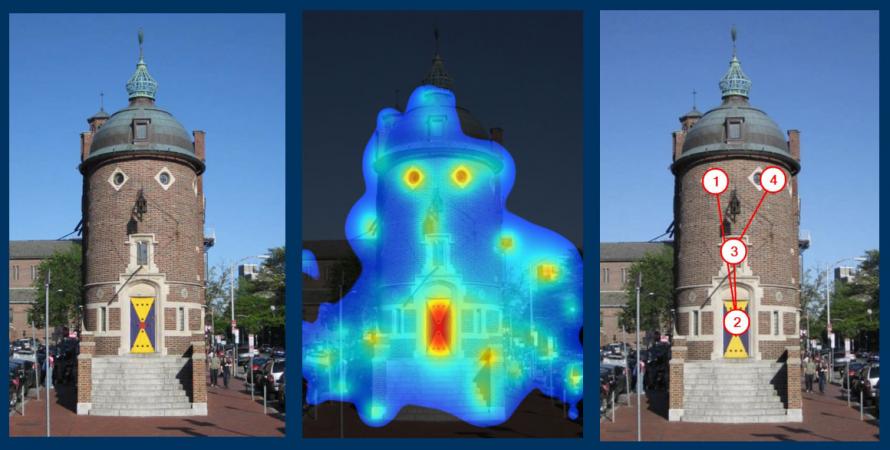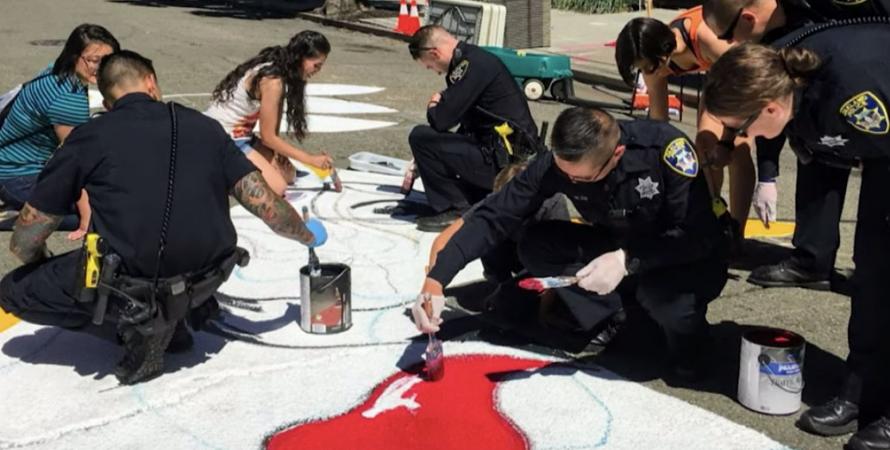-

Why choose a grid?
The decision of a city in Texas to plan for new growth using a grid of streets has inspired readers and makes a lot of sense.The recent article on Bastrop, Texas, struck a chord with a lot of readers. The city of about 9,000 people southeast of Austin has adopted a street grid for growth—one of the few cities that have taken that step since 1950. Bastrop is applying the grid in unique and flexible ways. The goal is to...Read more -

Why buildings need ‘eyes’
To understand architecture and design buildings successfully, we need to acknowledge core human tendencies that secured our survival.As a social species, we are built to see eyes, so we look for them all the time—everywhere—without conscious awareness or control. When we find them, they grab our attention, anchoring us in space, securing us to a place. So, it’s no surprise that tour buses driving through historic Cambridge,...Read more -

Texas city adopts street grid and code
New, lean code deals with flooding issues and fiscal sustainability for fast-growing historic city in the Austin area.Bastrop, Texas, adopted new, groundbreaking land-use regulations in November that address flooding and establish a street grid as a framework for growth—one of the first cities in the US to do so since the middle of the 20 th Century. The Bastrop Building Block (B3) code is the result of the...Read more -

Toward Placekeeping: How design + dialogue can make cities better for everyone
At CityLab DC, speakers focus on keeping the culture of place in the face of a changing city.“Placekeeping is very different from placemaking,” said Oakland, California Mayor Libby Schaaf recently at CityLab DC --a two-day conference of ideas and solutions for cities large and small. “Placekeeping is about engaging the residents who already live in a space and allowing them to preserve the...Read more